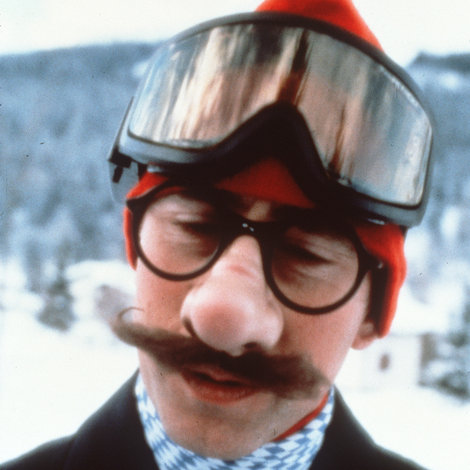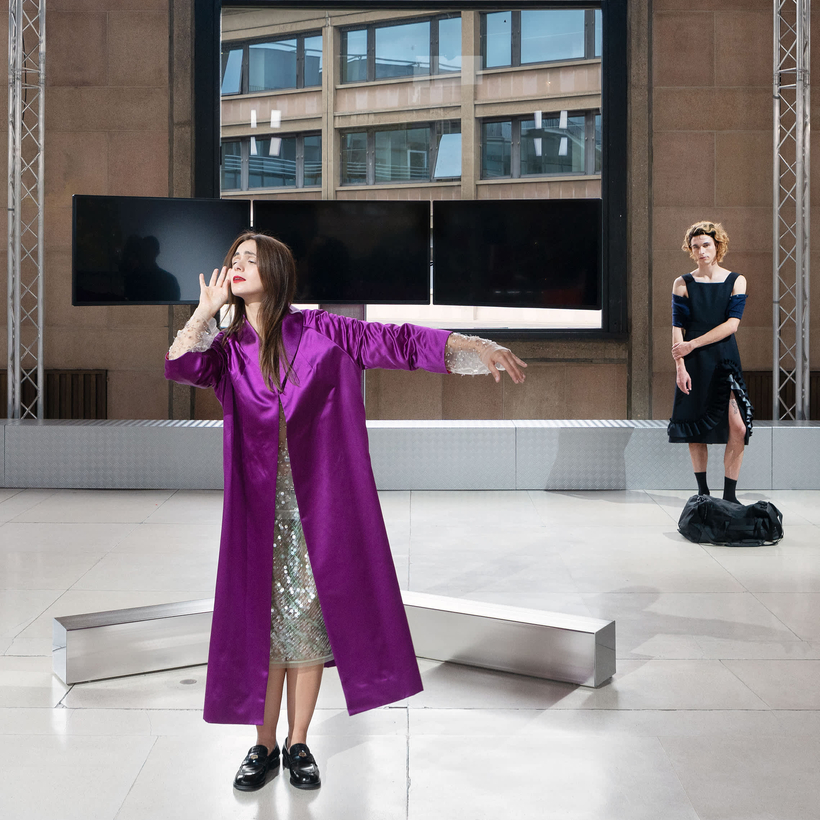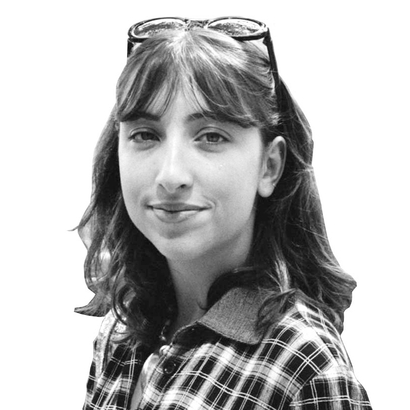Chloë Sevigny, Ava DuVernay, Agnes Varda, and Miranda July are some of the talents who have been commissioned by Miu Miu to produce short films for its series, “Women’s Tales.”
Now, 15 years after the series’s launch, Miu Miu is expanding its involvement in the arts with the traveling “Tales & Tellers” exhibition, which will be on show at the Terminal Warehouse, in New York, on May 10 and 11. A collaboration between Miu Miu creative director Miuccia Prada and the artist Goshka Macuga, “Tales & Tellers” celebrates the film series as well as other artists who have contributed to the production of Miu Miu’s runway shows since 2022.

Macuga, the interdisciplinary artist and 2008 Turner Prize nominee, entered the Prada-verse in 2015, when she began showing her work at the Fondazione Prada galleries in Milan, Venice, and Shanghai.
Last year, Macuga devised the set for Miu Miu’s Spring/Summer 2025 fashion show, transforming the Palais d’Iéna, in Paris, into a newspaper-printing plant. The installation, titled “Salt Looks Like Sugar,” was accompanied by a publication she called The Truthless Times, in which she probed the nature of objectivity and its distortions.

This wasn’t unfamiliar territory for Macuga. Born in Warsaw under Communism, she began creating art at the age of 15, only to find herself stifled by the constraints of the Soviet regime. “While many were cautiously optimistic [at the time],” she says, “I felt a sense of claustrophobia and impatience. I wasn’t willing to wait for change to happen. I needed to create that change for myself.”
She booked a flight to London in 1989, planning on a two-week trip. “Those two weeks quickly turned into something much more permanent,” she reflects. After meeting artists from all over the world, she was hooked on the city’s creative energy. “My approach became shaped by brainstorming, borrowing, sharing, and exchanging ideas—elements that remain central to my methodology today.”
She pursued degrees in fine art at Central Saint Martins and at Goldsmiths colleges before striking out on her own. Spanning sculpture, photography, video, architecture, and performance, her work often returns to themes of power, memory, and social norms.

Archival research is central to Macuga’s practice. Whether exhibiting at the Tate, MoMA, the New Museum, or Kunsthalle Basel, she begins projects by digging through the histories and collections of the institutions that host her.
“Tales & Tellers” is no exception. For the project’s first chapter, assembled by the Spanish curator Elvira Dyangani Ose, Macuga came back to the Palais d’Iéna. Designed in 1939 by the architect Auguste Perret and now home to France’s Economic, Social and Environmental Council, the building became a stage for the artist to explore the intersection of art and sociology. Macuga brought back The Truthless Times and the sanitized warehouse style of “Salt Looks Like Sugar.” But this time, she also dived into the archives of “Women’s Tales.”
Each film was screened on televisions scattered throughout the space, while at the same time their stories were brought to life by more than 30 actors performing the shorts live. “What emerged was an environment that felt somewhere between an open-air museum and a town square,” she says, “a gathering space where the characters could move beyond their individual narratives and begin to coexist, creating a shared community. ”

Far from the stately grandeur of the Palais d’Iéna, New York’s Terminal Warehouse called for a reimagining of the installation, also assembled by Dyangani Ose. “Its rawness, its layered history, its darker, industrial textures prompted a different response,” Macuga says. “There’s a sense of mystery and tension in this version, shaped by the city’s unique rhythm and contradictions.” While public space, storytelling, and collective memory remain integral, this iteration turns inward, finding a more introspective space between the real and the imagined.
And there’s an assignment: “I want viewers to enter the work and find room to reflect on their own relationship to the world’s most urgent issues.” With everything happening right now, that shouldn’t be too difficult.
Jeanne Malle is an Associate Editor at Air Mail


